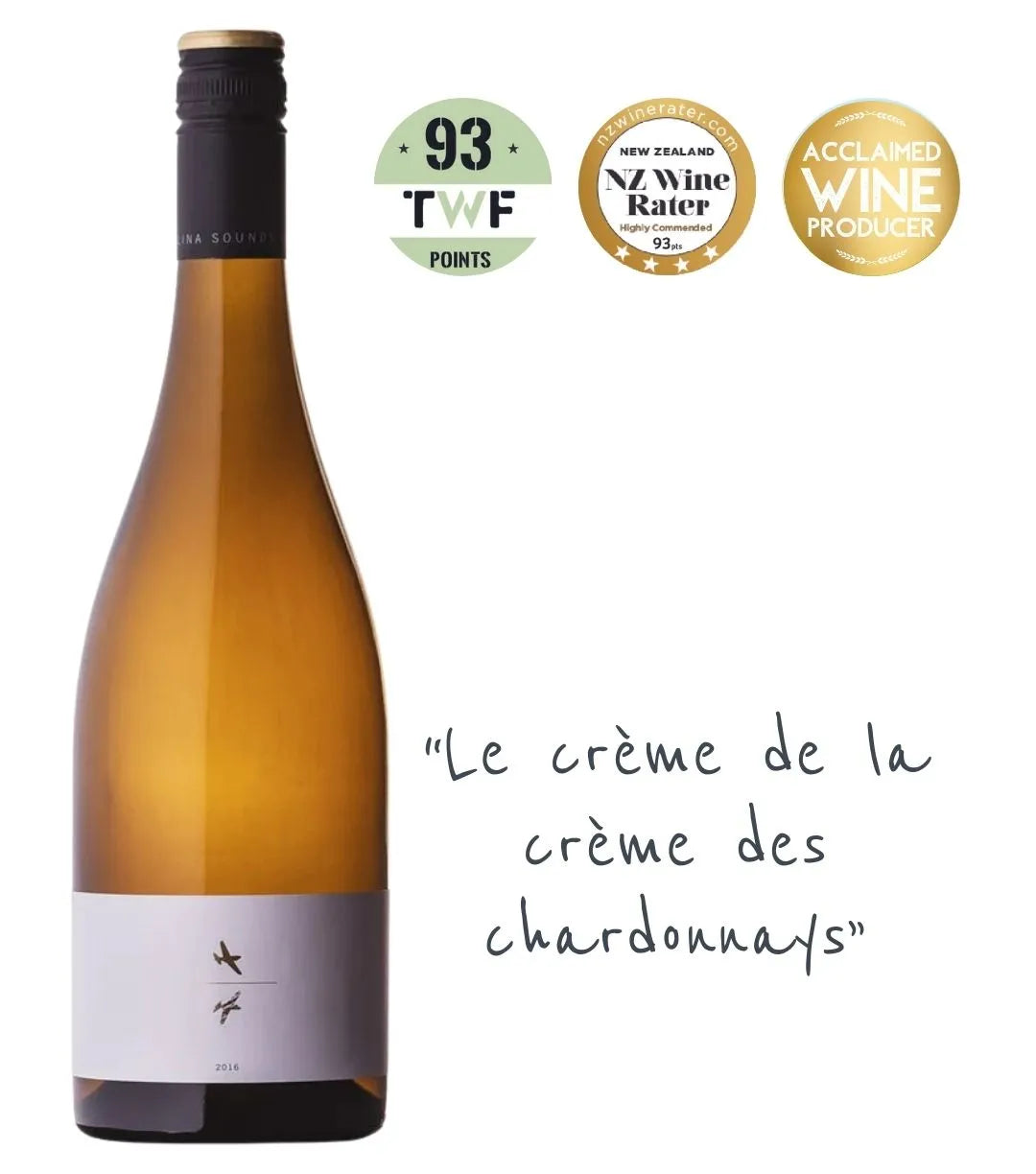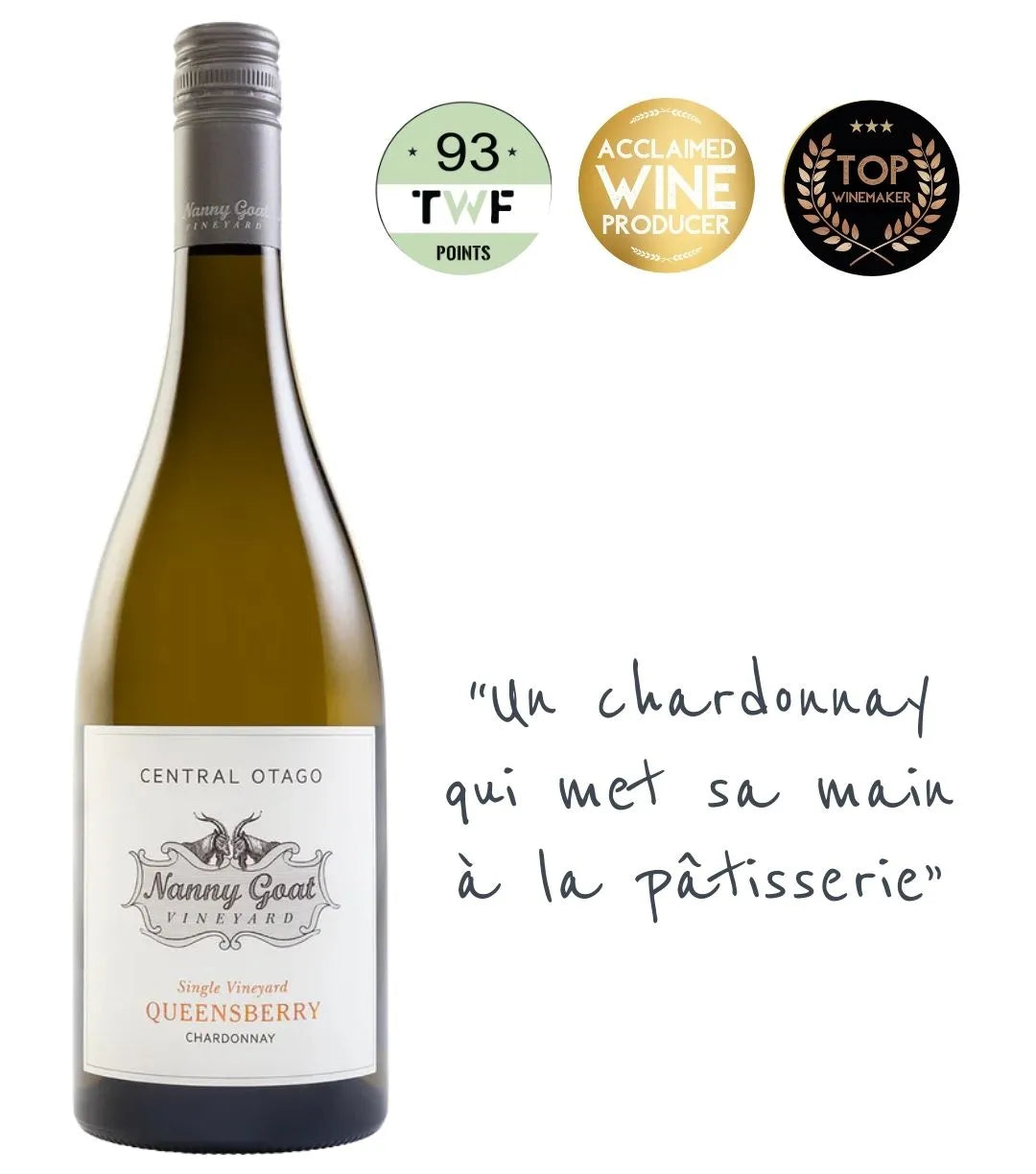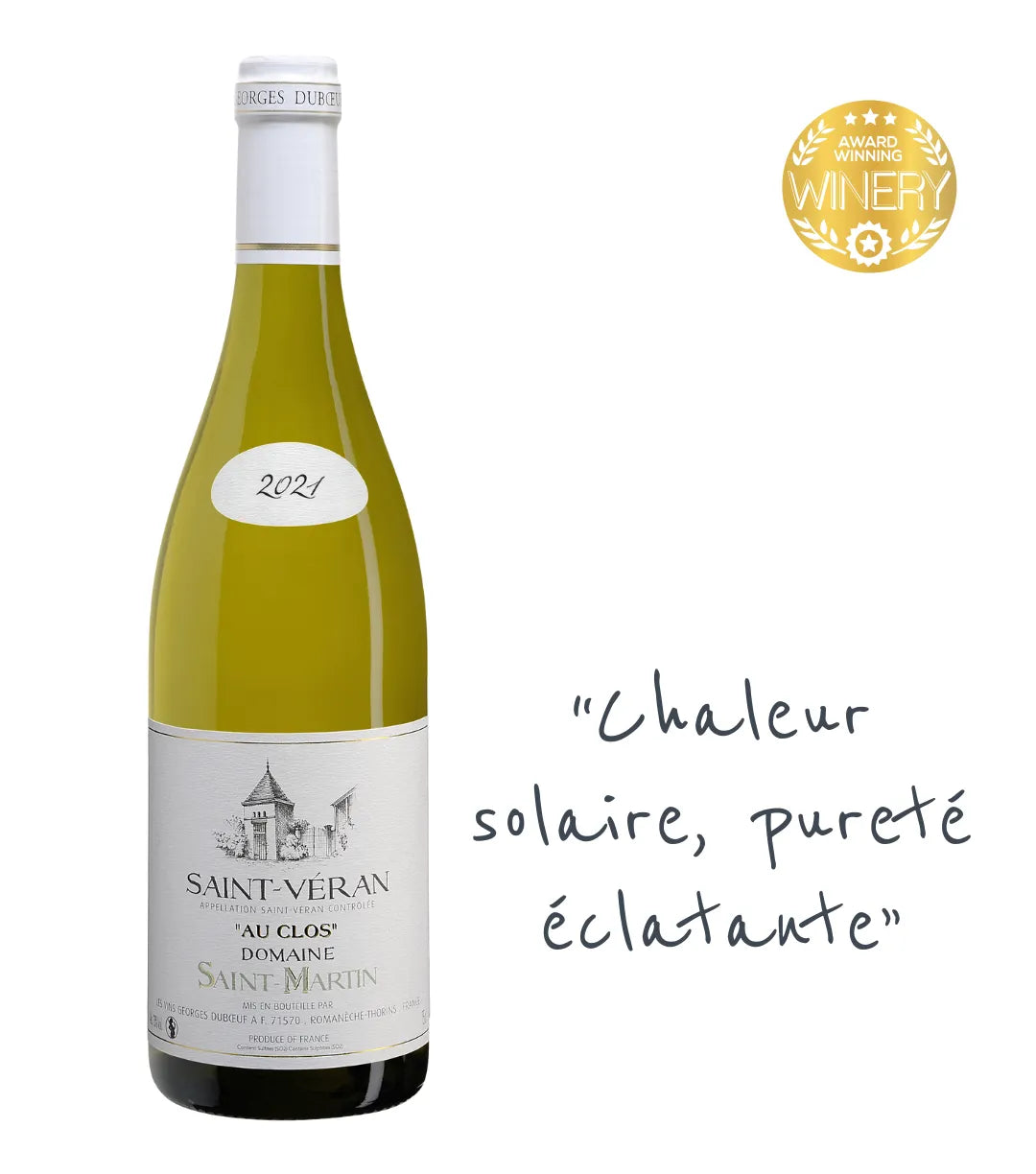
46 products
Chardonnay White Wine
Free delivery on your first order or orders over €150 (France only)
Free delivery on your first order or orders over €150 (France only)


Originally from Burgundy, Chardonnay is one of the most adaptable grape varieties, capable of expressing a wide range of aromas and textures. From the rich, buttery notes of a Californian wine to the crisp, mineral elegance of Chablis, every region puts its own signature on this grape. Whether fruity, floral, or oaky, Chardonnay surprises with its diversity. Which style will you choose?

Margaret River, Australia

South Australia, Australia

Yarra Valley, Australia

Margaret River, Australia

Saint-Véran AOC Burgundy, France

Marlborough, New-Zealand

Marlborough, New-Zealand

Beaujolais, France

Mâcon-Villages AOC Burgundy, France

Pouilly-Fuissé Premier Cru Pouilly AOC Maconnais, France

Yarra Valley, Australia

AOC Champagne Champagne, France

Pouilly-Fuissé 1er Cru AOC Burgundy, France

Saint-Véran AOC Burgundy, France

Central Otago, New-Zealand

AOC Champagne Champagne, France

Pouilly-Fuissé AOC Burgundy, France

Meursault AOC Burgundy, France

AOC Champagne Champagne, France

Pouilly-Fuissé 1er Cru Burgundy, France

Burgundy, France

Côte de Beaune AOC Burgundy, France

AOC Champagne Champagne, France

AOP Chablis Bourgogne, France
Chardonnay Wine: A Guide to This Classic White Wine
What is Chardonnay Wine?
Chardonnay is one of the world’s most popular and versatile white wines. Originally from Burgundy, France, this iconic grape has adapted to various climates, producing wines that range from crisp and mineral to rich and buttery. Whether enjoyed as a still or sparkling wine, Chardonnay continues to captivate wine lovers worldwide.
Is Chardonnay a White Wine?
Yes, Chardonnay is a white wine made from the Chardonnay grape, a green-skinned variety known for its ability to reflect terroir. Depending on where it is grown and how it is vinified, it can offer fresh citrus notes, tropical fruit aromas, or a creamy, oaky profile.
Chardonnay Grape Characteristics
The Chardonnay grape is prized for its adaptability and balance of acidity and fruit flavors. Key characteristics include:
Aromas: Citrus, green apple, pear, tropical fruits, or buttery and toasty notes when aged in oak.
Texture: Ranges from light and crisp (e.g., Chablis) to full-bodied and creamy (e.g., California Chardonnay).
Versatility: Used in still and sparkling wines including French Chardonnay brands like those in Champagne.
Different Styles of Chardonnay Wines
French Chardonnay: Burgundy & Chablis
Burgundy produces some of the finest Chardonnay wines, with styles ranging from mineral-driven Chablis to complex and elegant Grand Crus. Chablis is unoaked, delivering fresh citrus and floral aromas, while other Burgundian Chardonnays may show subtle
oak aging.
California Chardonnay
Chardonnays from Sonoma and Napa Valley are known for their rich, full-bodied textures and notes of butter, vanilla, and toasted almond due to oak barrel aging. American wines are ideal for those who enjoy a bold, creamy white wine.
New World Chardonnay (Australia, New Zealand, South Africa, Argentina)
Australian wines (McLaren Vale): Full-bodied with a balance of fruit and oak.
New Zealand wines (Marlborough): Crisp acidity, green apple, and citrus notes.
South African wines (Walker Bay): Mineral-driven with fresh citrus flavors.
Argentina wines: Ripe tropical fruit, moderate acidity, and a velvety texture.
Chardonnay in Sparkling Wines
Chardonnay is a key component in Champagne and other high-quality sparkling wines. It contributes finesse, elegance, and aging potential, often blended with Pinot Noir and Pinot Meunier. Many French Chardonnay brands specialize in traditional-method sparkling wines.
Chardonnay Wine Price & Where to Buy
The price of Chardonnay wine varies widely:
Affordable options ($10–$30): California, South Africa, and Argentina offer excellent quality at reasonable prices.
Mid-range wines ($30–$100): High-quality Chardonnays from Sonoma, New Zealand, and Australia.
Prestige wines ($100+): Burgundy Grand Cru Chardonnays, known for their aging potential and complexity.
Chardonnay Vineyards & Production
Chardonnay vineyards are found worldwide, from the limestone soils of Burgundy to the sun-drenched valleys of California.
Winemakers use different techniques, including oak aging and malolactic fermentation, to create diverse styles of this wine.
Food and Wine Pairings
Thanks to its wide range of styles, Chardonnay wine pairs well with many dishes:
Seafood – Shellfish, grilled fish, and sushi.
Poultry – Roast chicken, turkey, or creamy dishes.
Cheese – Brie, Camembert, and other soft cheeses.
FAQ: Everything You Need to Know About Chardonnay
What kind of wine is Chardonnay?
Chardonnay is a dry white wine that can be unoaked (fresh and mineral) or oaked (rich and buttery).
What does Chardonnay taste like?
Chardonnay’s taste depends on its style:
Unoaked Chardonnay: Crisp, citrusy, and mineral-driven.
Oaked Chardonnay: Buttery, vanilla, and tropical fruit flavors.
For more information, check out our list of grape varieties!



















